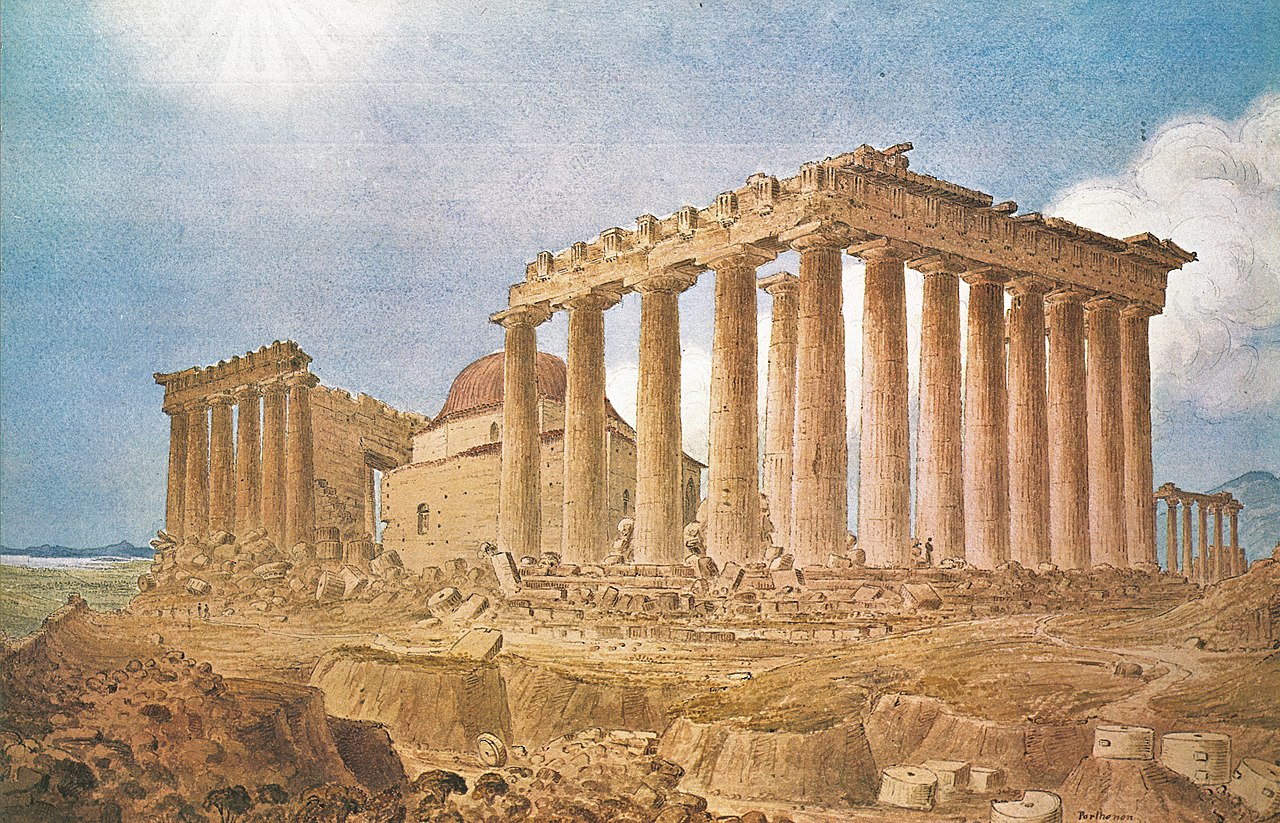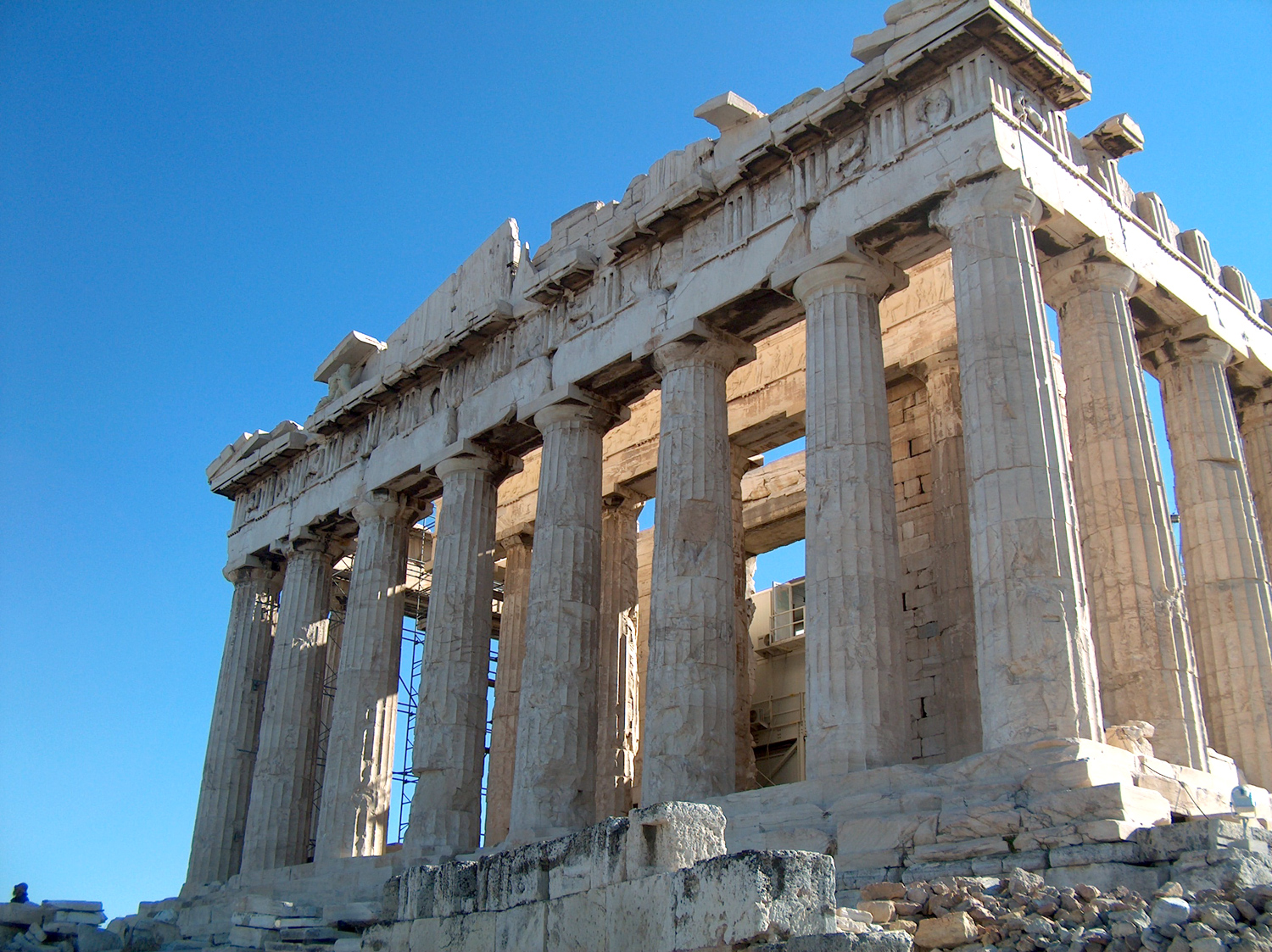
Here is a 1200-word article on Ancient Native American Civilizations, focusing on maps, history, and identity, suitable for a travel and history education blog.
>
Unveiling Ancient Worlds: A Journey Through Native American Civilizations Maps
A map is far more than just lines and colors on paper; it’s a living document, a narrative etched onto the earth itself. When we gaze upon a map depicting the ancient Native American civilizations, we are not merely seeing geographical distribution, but unlocking millennia of human ingenuity, profound spiritual connection, and enduring identity. These maps invite us on an extraordinary journey, revealing a continent teeming with diverse, sophisticated societies long before European arrival. For the discerning traveler and history enthusiast, understanding these maps is the first step towards truly appreciating the rich tapestry of North America’s indigenous heritage.
/the-roman-coliseum-in-the-early-morning-655490208-5abd1d0f119fa80037ef98b9.jpg)
This article delves into the historical and identity-defining aspects embedded within ancient Native American civilization maps, primarily focusing on North America (including Mesoamerica as a critical foundational influence), offering insights for educational exploration and respectful travel.
The Map as a Historical Narrative: Beyond Borders
Ancient Native American maps, whether physical, oral, or reconstructed by modern archaeology, tell stories of migration, trade, conflict, and cultural exchange. Unlike modern political maps with rigid, often imposed borders, indigenous territories were often fluid, defined by resource access, kinship networks, and shared cultural practices. A map of ancient Native America thus becomes a dynamic representation of:
- Cultural Spheres: Areas where distinct languages, artistic styles, architectural forms, and spiritual beliefs flourished.
- Trade Networks: Highlighting the intricate routes through which goods like obsidian, copper, shells, and turquoise traveled thousands of miles, fostering inter-group communication and economic interdependence.
- Environmental Adaptation: Demonstrating how diverse groups adapted ingeniously to environments ranging from arid deserts to lush forests, vast plains, and frozen tundras.
- Ancestral Homelands: Providing a tangible link for contemporary Native American nations to their ancient past, underscoring their enduring connection to specific landscapes.


North America: A Continent of Diverse Civilizations
To truly grasp the significance of these maps, let’s explore some of the major cultural areas and their defining characteristics, as they would appear on an ancient map.
1. The Southwest: Architects of Arid Lands
The map of the ancient Southwest reveals a remarkable story of human adaptation to challenging desert environments. Here, civilizations like the Ancestral Puebloans (often referred to historically as Anasazi, though the term Ancestral Puebloans is preferred by many descendants) built monumental structures that defy their age.
- Chaco Canyon (New Mexico): A key hub of Ancestral Puebloan culture between 850 and 1250 CE, Chaco Canyon was a complex network of "Great Houses" – multi-story masonry structures like Pueblo Bonito – connected by an elaborate road system stretching for hundreds of miles. These maps show a vast, integrated ceremonial and trade center, meticulously aligned with celestial events, indicating advanced astronomical knowledge. Their identity was tied to communal living, sophisticated water management (dams, canals), and a deep spiritual connection to the cosmos, manifested in their kivas (underground ceremonial chambers).
- Mesa Verde (Colorado): Famous for its dramatic cliff dwellings, Mesa Verde shows how Ancestral Puebloans ingeniously utilized natural alcoves in canyon walls for protection and shelter, often between 1190 and 1270 CE. These sites, like Cliff Palace and Balcony House, represent tight-knit communities, skilled craftsmanship, and a defensive posture in a changing climate.
- Hohokam (Southern Arizona): Further south, the Hohokam culture (300 to 1450 CE) developed extensive irrigation canal systems, some stretching over 20 miles, transforming the Sonoran Desert into productive agricultural land. Their maps would highlight these intricate waterways, demonstrating an identity rooted in collective labor, hydraulic engineering, and sustained agricultural practice (especially maize, beans, and squash).
- Mogollon (New Mexico, Arizona, Sonora, Chihuahua): Known for their distinctive pottery and pit-house villages, the Mogollon (200 to 1450 CE) represented another facet of Southwestern adaptation, emphasizing community and artistic expression.
.jpg/1200px-Parthenon_(30276156187).jpg)
These maps collectively illustrate an identity forged in resilience, innovation, and a profound respect for the scarce resources of their homeland.
2. The Mississippi River Valley & Eastern Woodlands: Mound Builders and Complex Societies
Moving eastward, a map of the ancient Mississippi River Valley and Eastern Woodlands reveals a landscape dominated by monumental earthworks – the legacy of the Mound Builder cultures. These societies, dating back thousands of years, demonstrate sophisticated social structures, extensive trade networks, and complex ceremonial lives.
- Mississippian Culture (800 to 1600 CE): The pinnacle of the Mound Builders, the Mississippian culture saw the rise of large urban centers. Cahokia (near modern-day St. Louis, Illinois) was the largest pre-Columbian city north of Mexico, housing up to 20,000 people at its peak around 1050-1200 CE. Its map would show Monks Mound, a colossal earthen pyramid, surrounded by plazas, residential areas, and numerous smaller mounds, all enclosed within a palisade. This layout reflects a highly stratified society, with powerful chiefs, specialized artisans, and a vibrant ceremonial life. Their identity was rooted in agricultural abundance (maize), hierarchical social organization, and a shared spiritual cosmology often depicted in intricate shell and copper artifacts.
- Hopewell Culture (200 BCE to 500 CE) & Adena Culture (1000 BCE to 200 CE): Preceding the Mississippians, these cultures are known for their elaborate burial mounds and geometric earthworks, such as the Serpent Mound in Ohio. Maps of these periods show vast ceremonial complexes, indicating sophisticated astronomical knowledge and a focus on ancestor veneration and long-distance trade. Their identity was expressed through elaborate mortuary practices, artistic expression (mica, obsidian, copper), and a shared spiritual landscape.
These maps portray an identity shaped by communal effort, spiritual devotion, and the development of intricate social and economic systems across vast riverine networks.
3. The Pacific Northwest: Abundance and Artistry
Along the rugged coast of the Pacific Northwest, ancient maps would illustrate a different kind of civilization, one built on the unparalleled abundance of the ocean and forests. Tribes like the Haida, Tlingit, Kwakwaka’wakw, and Salish peoples developed rich, complex cultures without agriculture.
- Their maps would highlight coastal villages of massive cedar longhouses, surrounded by totem poles telling ancestral stories and lineage. Their identity was inextricably linked to salmon, cedar, and the sea. Resource management (fishing weirs, clam gardens), elaborate potlatch ceremonies (feasts of giving that affirmed social status), and a highly developed artistic tradition (carving, weaving) were central. These maps demonstrate an identity of wealth, artistic expression, and social prestige, all sustained by a deep ecological understanding.
4. The Great Plains: Mobility and Spirituality
Before the introduction of the horse by Europeans, the Great Plains were home to diverse groups who hunted bison on foot. A map of this ancient era would show smaller, more temporary settlements, reflecting a mobile lifestyle.
- Post-horse (from the 17th century), the map transforms, showing larger, highly mobile nomadic groups like the Lakota (Sioux), Cheyenne, and Crow, whose identity became profoundly intertwined with the horse and the bison. Their territories would be vast, defined by hunting grounds and seasonal movements. Their identity was characterized by unparalleled horsemanship, spiritual reverence for the land and animals, strong warrior traditions, and communal buffalo hunts, all centered around the tipi, an easily transportable home.
5. The Arctic and Subarctic: Masters of Extreme Environments
Further north, maps reveal the remarkable adaptability of peoples like the Inuit, Yup’ik, and Dene.
- Their ancient territories stretch across the vast, frozen landscapes of the Arctic and Subarctic. Their identity was forged in survival against extreme cold, through ingenious hunting techniques (for seals, whales, caribou), sophisticated tools, and deeply ingrained oral traditions that passed down essential knowledge. These maps highlight human resilience and community in the face of nature’s harshest challenges.
Mesoamerica: A Foundational Influence
While often considered distinct, ancient Mesoamerican civilizations were part of the broader continental tapestry and exerted significant influence northward. A map of Mesoamerica would showcase:
- Olmec (1200-400 BCE): The "Mother Culture," with monumental stone heads and complex societal structures.
- Maya (2000 BCE – 1500 CE): Known for advanced writing, astronomy, mathematics, and stunning city-states like Tikal and Palenque.
- Teotihuacan (100 BCE – 550 CE): A massive urban center with the Pyramids of the Sun and Moon.
- Aztec (1300-1521 CE): Builders of the magnificent capital Tenochtitlan.
These civilizations developed agriculture, urban planning, writing, and complex religious systems that, directly or indirectly, influenced cultures across North America, particularly through the spread of maize cultivation and shared cosmological ideas. Their presence on a broader map of ancient America underscores the interconnectedness and shared human story across the continents.
Unveiling Identity Through Ancient Maps
For modern Native American nations, these ancient maps are not just academic curiosities; they are profound statements of identity, sovereignty, and unbroken connection to ancestral lands. They represent:
- Proof of Presence: Demonstrating millennia of occupation and stewardship.
- Cultural Continuity: Showing how traditions, languages, and spiritual practices evolved within specific geographic contexts.
- Reclamation of Narrative: Allowing indigenous voices to tell their own history, challenging colonial narratives that often erased or minimized their past.
- Legal Basis: In some cases, these maps contribute to arguments for land rights, resource management, and cultural preservation.
Educational and Travel Value
For the history enthusiast and respectful traveler, engaging with maps of ancient Native American civilizations offers unparalleled educational opportunities:
- Context for Heritage Sites: Visiting places like Chaco Canyon, Mesa Verde, or Cahokia becomes infinitely richer when viewed through the lens of ancient territorial maps. You understand not just the site itself, but its place within a larger cultural and geographical network.
- Challenging Misconceptions: These maps dismantle the myth of a "pristine wilderness" or "primitive" societies, revealing complex, dynamic, and highly organized civilizations.
- Promoting Respect: Understanding the deep historical roots and enduring identity of Native American nations fosters a greater appreciation and respect for their contemporary cultures and struggles.
- Responsible Tourism: Seek out and support tribal parks, museums, and cultural centers. Engage with indigenous guides who offer authentic perspectives. Learn about the specific protocols for visiting sacred sites.
Conclusion
A map of ancient Native American civilizations is a portal to a world brimming with innovation, spirituality, and diverse human experience. It is a powerful tool for understanding the past, appreciating the present, and fostering a more informed and respectful future. By studying these geographical narratives, we not only trace the rise and fall of great civilizations but also witness the enduring spirit and identity of the indigenous peoples who have shaped this continent for thousands of years. So, unfurl your map, embark on this historical journey, and let the ancient lands speak their stories.


